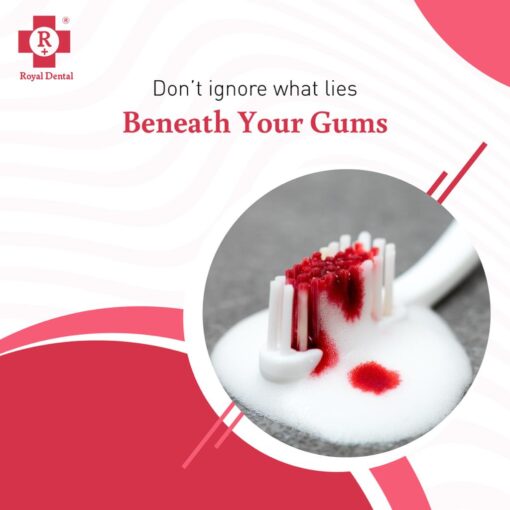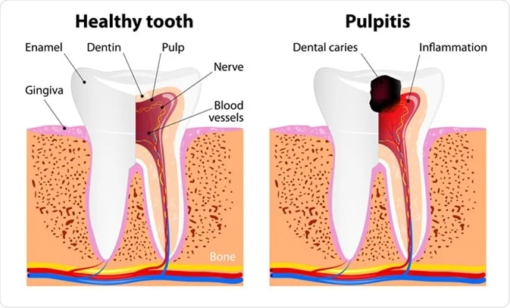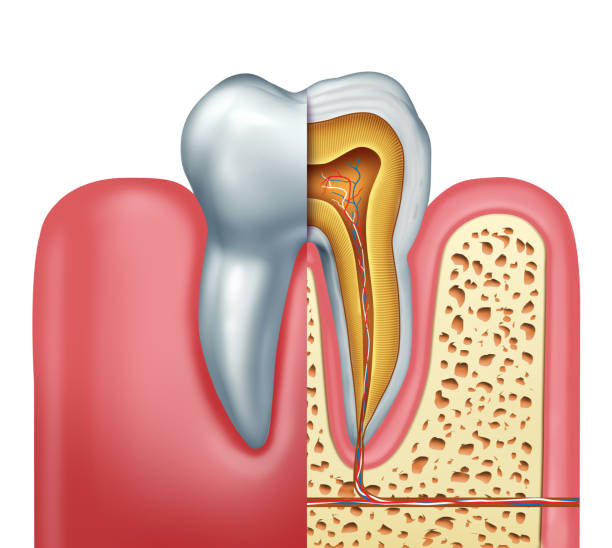Dental hyperemia is a condition that results in the inflammation of the gums. It’s also known as gingival hyperemia or gingival inflammation. The condition is usually caused by plaque buildup on the teeth. Plaque is a sticky film of bacteria that forms on the teeth. If it’s not removed, it can harden into tartar, which can irritate the gums and lead to inflammation. Dental hyperemia can also be caused by other factors, such as certain medications, pregnancy, and infection. The symptoms of dental hyperemia include red, swollen, and tender gums. The gums may also bleed when brushed or flossed. If you have any of these symptoms, you should see a dentist as soon as possible. In this article, we’ll explore the causes, symptoms, and treatment of dental hyperemia.
What is Dental hyperemia?
This is a condition that results in the inflammation of the gums. It’s also known as gingival hyperemia or gingival inflammation. The condition is usually caused by plaque buildup on the teeth. Plaque is a sticky film of bacteria that forms on the teeth. If it’s not removed, it can harden into tartar, which can irritate the gums and lead to inflammation. It can also be caused by other factors, such as certain medications, pregnancy, and infection. The symptoms of dental hyperemia include red, swollen, and tender gums. The gums may also bleed when brushed or flossed. If you have any of these symptoms, you should see a dentist as soon as possible.

What Causes Dental Hyperemia?
- Dental Plaque – Dental plaque is a sticky film of bacteria that forms on the teeth. If it’s not removed, it can harden into tartar, which can irritate the gums and lead to inflammation.
- A Change in Eating Habits – If you suddenly change your eating habits and eat a lot more sugary foods, you may be more likely to develop dental plaque and dental hyperemia.
- Certain Medications – Certain medications can increase your risk of developing dental plaque and, therefore, These include diuretics, anti-anxiety medications, and antidepressants.

- Pregnancy – Pregnant women may be more likely to develop dental hyperemia due to hormonal changes.
- Infection – A bacterial or viral infection, such as the flu or shingles, can lead to bleeding gums and dental hyperemia.
What are the symptoms of dental hyperemia?
Red, Swollen, and Tender Gums – The most common symptom of dental hyperaemia is red, swollen, and tender gums.
Gums may also bleed when brushed or flossed – These symptoms are usually more severe than the usual sensitivity you feel when you have a toothache. Excess blood flow to the pulp gives rise to hyperemia. This is the result of gingival recession causing exposure of the tooth root and dissolved cementum. The pulp consists of blood vessels and nerve tissue, which when inflamed due to bacterial infection causes pulpitis.
The excess blood flow causes the widening of blood vessels which is vasodilatation. The tooth in general is sensitive to heat and cold due to the increased amount of blood flow. It is also sensitive to sweet food. Such teeth show no clinical caries when examined.
Hyperaemic tooth shows two types of changes in the pulp
Reversible pulpitis and irreversible pulpitis. Reversible pulpitis is of mild nature. The inflammation in such a tooth is mild and the tooth can be saved as the pulp remains healthy. In reversible pulpitis, the pain disappears after seconds. the pulp is able to heal when the irritation factor is removed.
This is not seen in the case of irreversible pulpitis. Irreversible pulpitis causes severe pain wherein the pulp cannot be saved and the tooth goes into a root canal treatment or if delayed further then extraction of that tooth. The pulp is surrounded by dentin. there is no way for the pressure created to dissipate, the increased blood flow will result in pain.
The causes of hyperemia can be as:
1. Intentional crown preparation is done to a healthy tooth, which acts as an abutment.
2. Trauma to the tooth which may lead to thin fracture in enamel.
3. Deep scaling procedures affecting the root.
4. Root caries near the pulp.
5. Orthodontic wires create pressure on teeth causing blood flow changes.
How is dental hyperemia diagnosed?
A dentist will normally diagnose with a visual inspection and a gentle probing of the gums. You may also be asked to rate the pain from one to 10. A dentist may also use X-rays to see if there is any underlying health issue that could be causing dental hyperemia.
How is dental hyperemia treated?
Brushing and Flossing: The first step in treating dental hyperemia is to reduce the amount of plaque on your teeth. This can be accomplished by brushing your teeth more frequently and flossing daily.
Using Fluoride: Using a fluoride mouthwash or supplement can also help reduce the amount of plaque on your teeth.

Oral Health Therapies: If your dental hyperemia doesn’t get better after trying a few simple steps, you may need to see a dentist. In some cases, a dentist may recommend a type of oral health therapy.
Antibiotics: If a bacterial infection is causing your dental hyperemia, a dentist may prescribe antibiotics.
Pain Medications: If your dental hyperemia is severe, your dentist may also prescribe pain medications.
Can dental hyperemia be prevented?
Using an Oral Health Therapy or Mouthwash – If you are at high risk for dental plaque, you may benefit from using an oral health therapy or mouthwash.
Eating a Healthier Diet – You can also try eating a healthier diet that is low in sugar and high in fiber.
Schedule Regular Dental Checkups – Finally, you can schedule regular dental checkups to catch dental plaque and dental hyperemia before they become a problem. With proper oral health care, dental hyperemia can usually be treated quickly and easily. You can also try to prevent dental hyperemia by practicing good oral hygiene.






